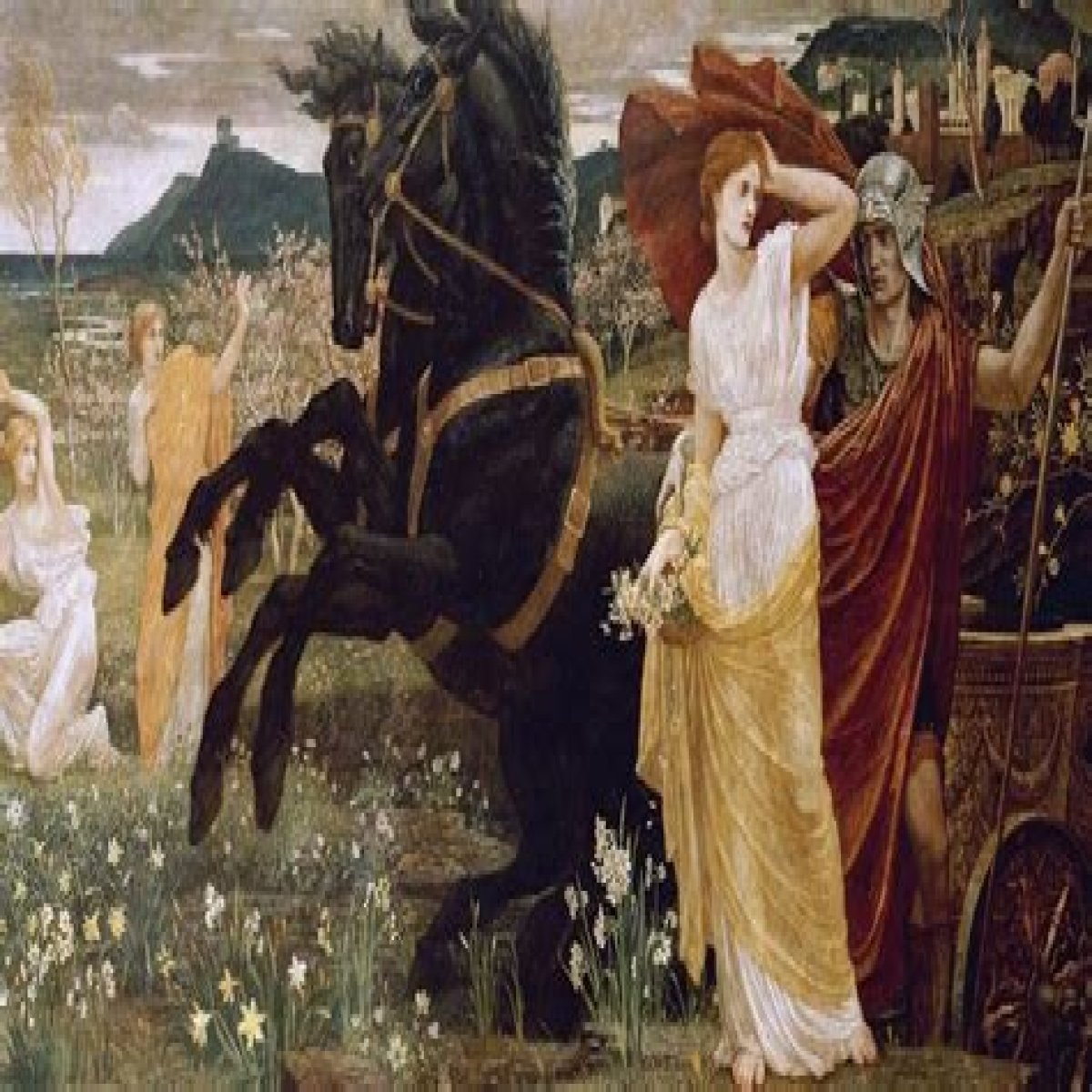The goddess Demeter and her daughter, Persephone — along with Hades, god of the Underworld — have a major role in a whole series of myths, but the most famous is perhaps the ancient explanation for the cycle of the seasons. It started, says World History, when Hades saw Persephone and fell madly in love with her. Then, as the ancient Greek gods tend to do, decided to abduct her, leaving her desperate mother to search for her.
During her travels, Demeter met a particularly kind family. In exchange, she gave them the gifts of agriculture and grain, and they ultimately built her a temple. Demeter disappeared into the temple and sent a very clear message: Return her daughter, or the drought and famine she had brought down on the world would continue. The other gods decided this was about the time someone needed to step up and get involved, but since Persephone had eaten while in the Underworld, she was condemned to be Hades's bride. The result was a compromise, where she spent a third of the year with Hades, and two-thirds with her mother.
The seasons were said to change with Persephone's travels to and from the Underworld, with some rituals dedicated to reenacting Demeter's search for her daughter. Interestingly, there's a theory that her return to the surface heralded not spring, but winter: Grain was stored underground in the late summer, planted in the fall, and left to germinate over the winter — when, perhaps, she was with her mother.
